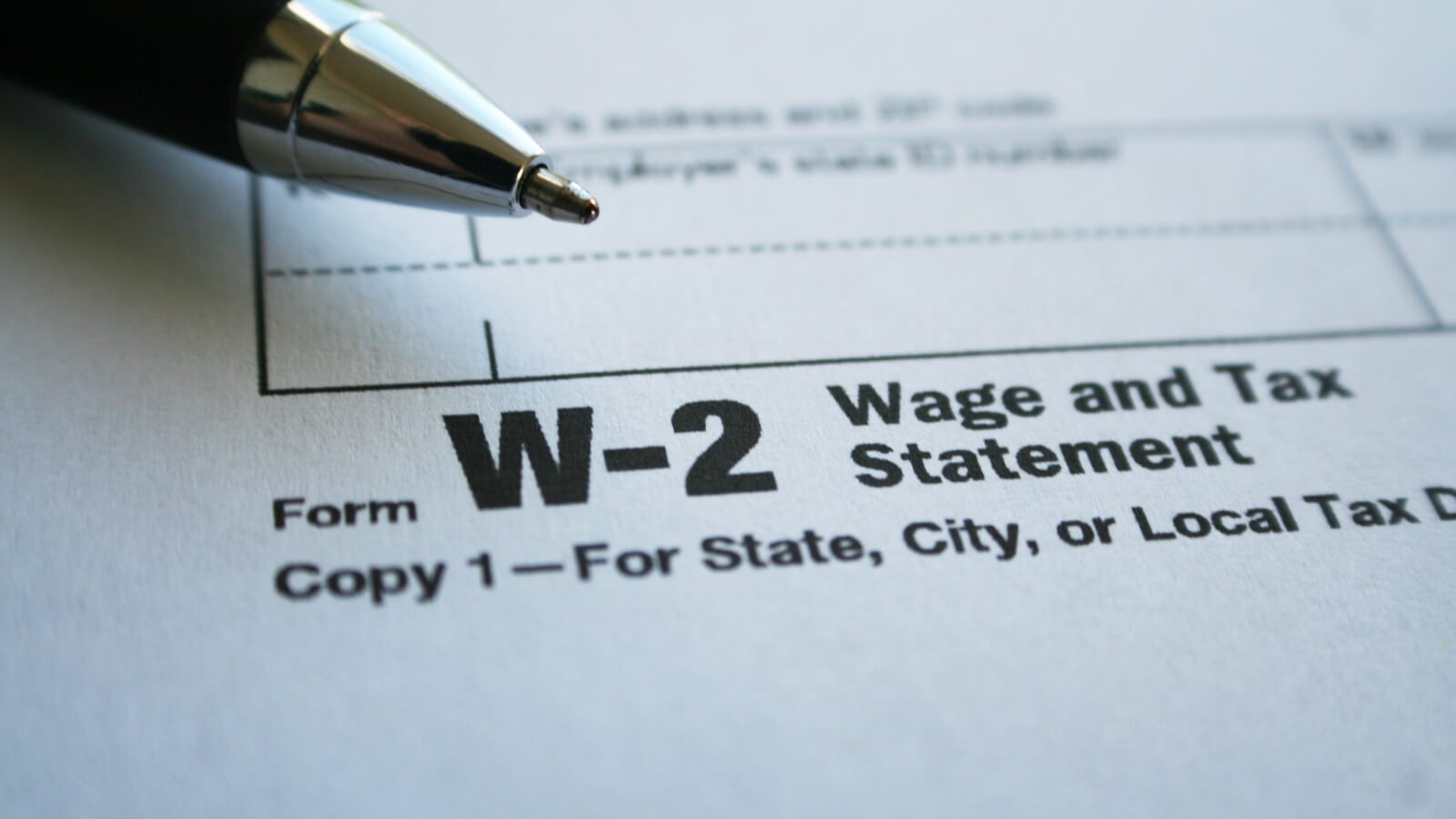Hearing the words “year-end payroll” is enough to make even experienced business owners break into a sweat. If you’re feeling stressed, you’re not alone. Wrapping up payroll means more than just ticking boxes. It means double-checking your numbers, keeping your team happy, and avoiding any issues with the IRS.
But it doesn’t have to be a nightmare. With the right structure, a few smart moves, and a clear plan, it’s completely manageable and absolutely worth doing. Year-end is your chance to catch mistakes, stay compliant, and start the new year with clean books and fewer surprises.
What is a year-end payroll review?
A year-end payroll review is your chance to pause and double-check everything you have paid out over the past year. It is not about redoing the work. It is about making sure the numbers are accurate, the records are complete, and everyone gets the right forms on time.
- Cleaner records, cleaner taxes: You can catch and fix mistakes before they cause problems with your tax return
- Fewer surprises for the IRS and your team: Addressing issues now means fewer emails, questions, or corrections later
- W-2s and 1099s go out on time, with the right details
Skipping this review can let small errors slip through. Those can turn into penalties, delays, or frustration when tax season rolls around. A quick check now gives you peace of mind later.
How Payroll Software Can Help
Your payroll system should make this easier. If you are constantly fixing problems or unsure whether it is up to date, now is the time to take a closer look.
- Make sure your software reflects the latest tax updates and deadlines
- Back up your payroll data before making any changes
- Confirm your payroll, HR, and accounting tools are all syncing correctly
- Contact support if something feels off. Year-end is a busy time, and most providers are ready to help.
When your systems run smoothly, so does your payroll. This is the moment to set yourself up for fewer problems and cleaner numbers in the new year.
How do I make sure my books match what I reported to the IRS?
This is your “double-check everything” moment. Before the year closes, you need to make sure the numbers in your payroll records match what you officially reported to the government.
Here is what to do:
- Gather your payroll registers, all quarterly tax filings (like Form 941), and annual forms (like the 940)
- Cross-check your totals for wages paid, taxes withheld, and deposits made. Every number should match between your internal system and your IRS filings.
- If you spot a mismatch, fix it as soon as possible. Make a note explaining what changed and why. Keeping that audit trail now will save you time and stress later, especially if questions come up during tax prep.
Getting ahead of any errors now helps prevent IRS notices, missed deductions, or avoidable penalties.
What if I accidentally paid someone too much or too little?
Nobody plans on payroll errors, but they happen. Year-end is your last clean chance to set things straight.
If someone was underpaid:
- Send the remaining wages as soon as possible: Make sure to include the right tax withholdings so the payment is reported correctly
If someone was overpaid:
- Talk to the employee and set up a repayment plan: Update your records and adjust the employee’s W-2 so it shows what they actually received
Whatever the issue, transparency is key. Document everything and communicate clearly so there are no surprises later. Fixing these mistakes before year-end helps protect trust and keeps your records clean going into the new year.
W-2s and 1099s
W-2s go to employees. 1099s go to contractors. That part is clear. But one typo or missed form can still turn January into a mess.
Here is how to stay on track:
- Confirm every detail: That means checking names, Social Security Numbers or Tax IDs, and addresses. Even a small error can cause rejections or delays.
- Stick to the deadlines: These forms need to be delivered to your team and submitted to the IRS by January 31. That includes both W-2s and 1099s.
- For 1099-NEC forms: Make sure you include anyone who is not an employee and was paid $600 or more this year. This often includes freelancers, consultants, and independent vendors.
It only takes a few minutes now to catch issues before they cause bigger problems later. A clean set of forms helps you avoid late notices, correction hassles, and uncomfortable calls from contractors wondering where their paperwork is.
How do I follow every payroll rule?
Rules around payroll can shift without much warning. Some changes get headlines. Others show up quietly and still cause trouble if you miss them.
Here are a few areas to check:
- If you offer health coverage, see whether you are required to file Affordable Care Act reports
- Review any updates to state or local paid leave laws. These often change mid-year and apply differently depending on where your employees live or work.
- Make sure you have tracked any deferred compensation. This is easy to overlook and hard to fix after year-end.
To stay ahead of changes, sign up for updates from the IRS or your payroll software provider. And if something seems unfamiliar or unclear, do not wait. Reach out to a tax professional or payroll advisor who can walk you through it. A quick check now can save hours of cleanup later.
Can I get this done without ruining my holidays?
You should not have to spend December buried in forms. The key is spacing out the work so it does not pile up. Here is a realistic timeline to keep things under control:
- In October and November, start reviewing employee and contractor details. Look for missing information and begin matching your records with tax filings.
- In December, follow up on any issues, confirm addresses, and verify who needs a W-2 or a 1099
- In early January, send out forms and file them on time
Block time on your calendar for each task. Keep the to-do list short each week. You do not need to do everything at once, just avoid saving it all for the final week of the year.
The Bottom Line
Getting payroll right at year-end is about protecting your business and keeping your team on solid ground. When you start early and follow a clear plan, you avoid penalties, reduce errors, and build trust with the people who rely on you.
If you’re not sure, schedule a call with DiMercurio Advisors. We’ll walk you through your year-end tasks, help you spot potential issues, and make sure everything gets done the right way. Tax season is easier when you do not have to go it alone. Let us help you wrap up the year with confidence.








